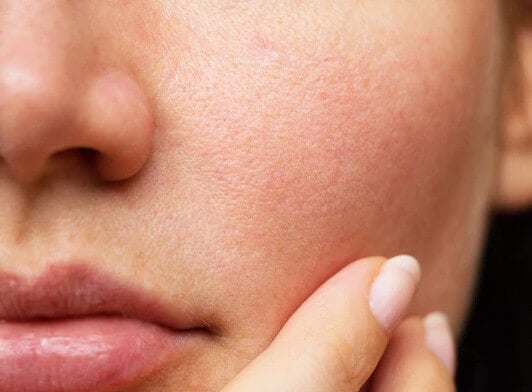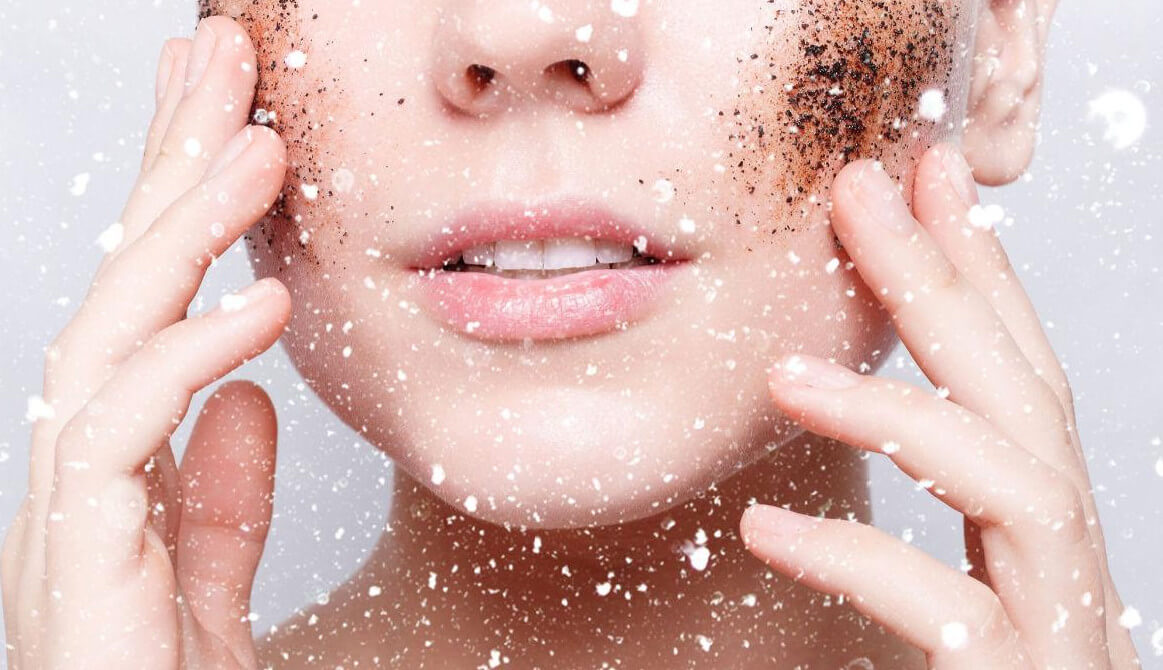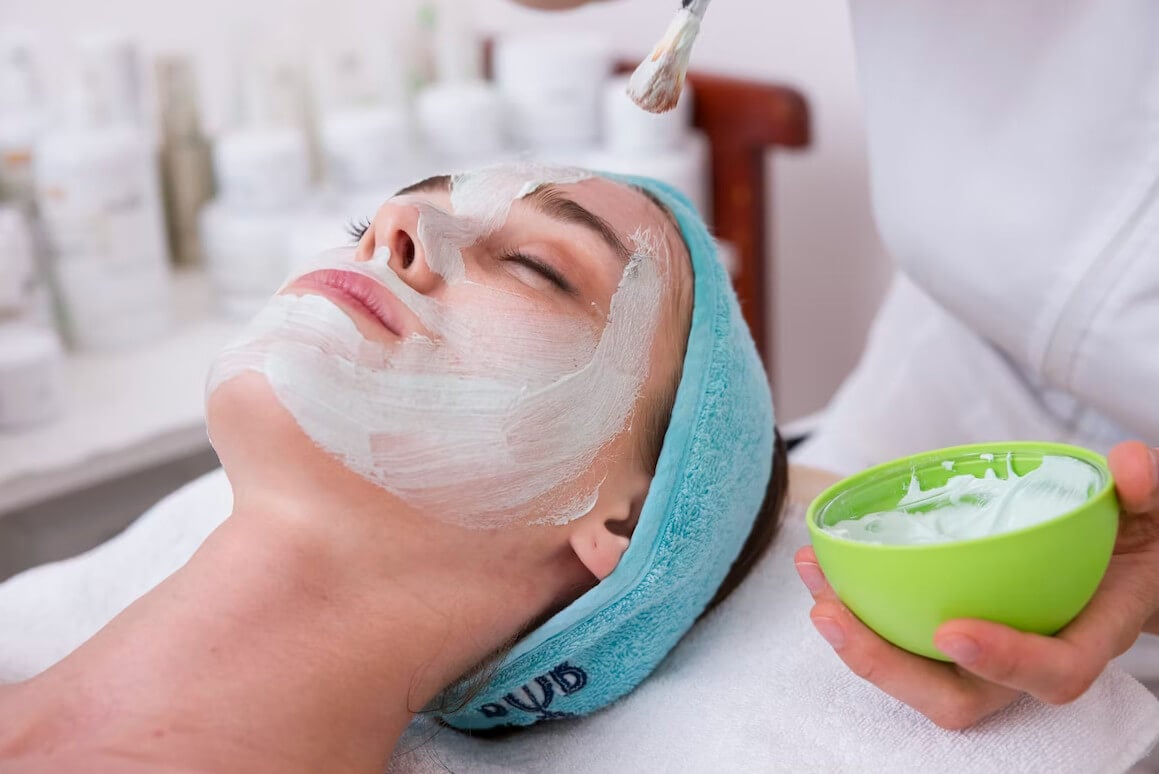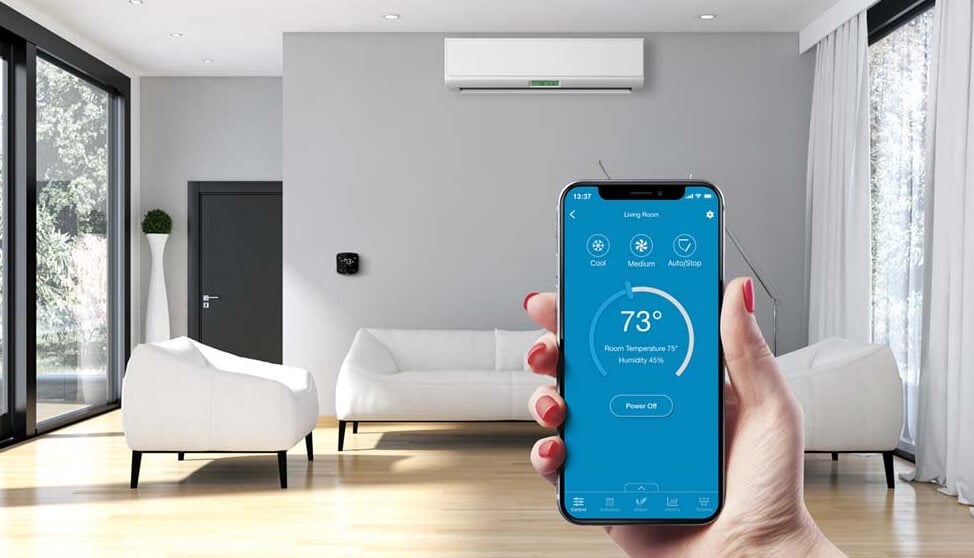Waking up in the morning and having an oily nose every day can be a little frustrating. It can be more problematic when the skin over your cheeks is dry and your nose looks like draining streams of oil. Additionally, this oily noise gives way to clogged pores, whiteheads, and in the long run blackheads and bumps.
The skin become texture and make you concerned as oily skin cause loss of self-confidence as illustrated
by research
[1]. Also, does nothing seems to be working whether you wash your face, try changing your skin care products, or use nose strips? Well, this is because you are blinding using different methods to control the oil production on your nose without knowing the cause.
So, here you can find the causes of an oily nose, the reason why your nose feels greasier in the morning, and the ways to tackle this issue.

Causes of Oily Nose
One or more of the following causes is the main culprit behind the oily nose.
1. Genetics
Just like most of our features like hair color and skin tone, we also inherit sebaceous glands from our parents. So, it might be just your genetically enlarged sebaceous glands giving you an oily nose as you start your day.
2. Hormones
Hormones like testosterone are a major cause of oily skin. This is true in most cases of teenagers having oily noses and acne or adult men as well. Additionally, women can also experience oily noses caused by hormonal fluctuation. Further, the
first table
in a study shows risk factors for oily skin [2].
Also, as men are more prone to oily skin, they should know
skin care tips for men
.
3. Skin Type
If you have oily skin, it is natural for your nose to be oily in the morning because of the production of sebum at night. Moreover, people with combination skins also experience an oily T-zone in the morning.
You can find out about your skin type by knowing the characteristics explained in a cosmetology
journal
[3]. Moreover, if you would rather like determining your skin type to be simple, check the methods to
know your skin type
here.
4. Open Pores

Sometimes you just have larger pores on your nose as compared to the cheeks and other parts of the face. As a result, there is an increased accumulation of impurities and overproduction of sebum on the nose making it oily.
5. Weather Conditions
While winters make skin dry, humid and hot weather makes it oily. So, if you experience an oily nose more often in summer or the moon soon season, it is likely the cause behind your oily nose as it stimulates sebaceous glands to produce more oil.
6. Inappropriate Skin Care
If your skin is oily or combination, using oil-enriched skincare will make it oilier and the effects will be most obvious on the nose.
7. Diet
Being stinky with water and generous with tea, coffee, and alcohol in addition to eating fried oily food and decreased intake of fruits and vegetables can also adversely affect the skin and make the nose oily.
8. Over-Cleansing
Production of sebum from the skin is very normal and necessary to maintain the natural protective barrier of the skin. If you over-cleanse your skin or use harsh products on it, it will be stripped of the natural oils. Consequently, sebum glands will be stimulated to produce more oils to moisturize the skin.
Why is My Nose So Oily When I Wake Up?
During the day time, we have several products on the face. Although the nose is oily all day, it is concealed because of our mattifying powder and makeup. At night, there is increased production of oils as well. So, you notice your nose to be more oily when you wake up.
How to Treat Oily Nose
The following methods can be used to treat your oily nose just as proved in a
medically reviewed article
[4].
1. Through Cleansing of Skin at Night
Accumulating sweat, impurities, makeup, and skincare products every day makes skin prone to increased sebum production. So, if you double-cleanse your skin at night and cleanse it at least once in the morning, oil production can be kept in check.
2. Go Easy on Makeup
Makeup clogs the pores and stimulates oil production. So, keep it basic during your routine and go all in during events to keep your skin in a healthy and optimal state.
3. Exfoliate Skin At-Least Once a Week

Dead skin cells can also be behind bad skin texture as they hinder skincare products from reaching the skin gland. So, exfoliating the face with physical or chemical exfoliants can reduce nose oiliness.
4. Moisturize the Skin
Dehydration stimulates oil production as explained earlier. So, keep your face, especially your nose moisturized to prevent overproduction of oils to balance dryness. Also, a
study
enlists the moisturizers like Aleo Vera and tones like Witch Hazel are compatible with oily and acne-prone skin [5].
5. Use Oil-Free Skincare Products
If your sebaceous glands are already hyperactive, they are already producing enough oils required by the skin. So, opt for oil-free skin care and mattifying makeup products. This is because skincare for each skin type is unique as explained in a
study
[6].
You can get the most suitable
face moisturizer to buy for oily skin
here.
6. Use a Clay Mask

Clay masks are one of the best remedies to treat oily skin as they soak excess oil from the nose and help in the removal of white and blackheads. Moreover, they improve skin texture. Additionally, clay masks are useful in controlling oily skin, especially the nose as proved in
research
[7].
7. Blotting Sheets can be Your Savior
Blotting sheets can be your go-to solution for oily noses at any time of the day in addition to morning. This is because these sheets have infused ingredients to soak up excess oil and regulate oil production.
8. Pay Attention to Water Intake and Diet
Keep your skin hydrated and avoid any food or drink that will strip the water out of the skin. A well-hydrated skin will regulate the formation of natural oils in it. Also, do not eat meals with more spices as they increase the production of oils.
9. Go For Professional Treatment
If the methods mentioned above do not prove to be much useful, consult your dermatologists and go for professional treatment. Professional treatment options include chemical peels, microdermabrasion, and oil-regulating creams.
10. Use Retinoids, niacinamide and Salicylic Acid
We forgot to mention above but ingredients like retinoids, niacinamide, and salicylic acid help in controlling an oily nose. Retinol balances sebum production, niacinamide reduces skin oiliness, and salicylic acid exfoliates the skin.
How to Prevent Oily Nose in the Morning
The foolproof way to avoid an oily nose in the morning is to prevent it from getting oily in the first place. So, these remedies can help you prevent excess oil production.
1. Keep Your Room Temperature Moderate

Increased sweating caused by warm room temperature and dryness caused by cool room temperature can give way to oil production. So, keep the room temperature slightly cool to manage this.
2. Do Not Over Wash your Face
Washing the face more than two times a day is likely to make it dry and resultantly make the skin oily as a feedback mechanism. So, do not go overboard with face washes.
3. Never Sleep with Makeup On
Makeup clogs pores and damages the skin barrier. There is increased oil formation to restore the barrier. So, make sure to remove makeup every night to avoid oily noses.
4. Try Home Remedies
DIY masks like honey and lemon, yogurt and turmeric, almond and honey, milk and sandalwood, and multani mitti can help in the regulation of oils in the skin.
Also, keep your diet controlled and increase your water intake.
5. Talk to Your Doctor
While you can try the above-mentioned methods to treat and prevent an oily nose, these methods might not work efficiently for you if it is caused by genetics or hormones. So, take to your doctor about the treatment options.
Conclusion
An oily nose is a major skin concern for people of all genders. It is caused by genetics, hormones, poor diet, bad skincare, overwashing the face, hot weather, oily skin type, and unhygienic conditions.
Remedies like good skincare, a better diet, appropriate room temperature, blotting sheets, and deep skin cleansing can help counteract the oil production and keep your nose nice and glowing all day.
References
1.
Robert Arbuckle
,
Mark J Atkinson
,
Marci Clark
,
Linda Abetz
. Patient experiences with oily skin: The qualitative development of content for two new patient-reported outcome questionnaires. Oct 16, 2008. PubMed Central.
https://www.ncbi.nlm.nih.gov/pmc/articles/PMC2577631/
2.
Dawnielle C. Endly
, DO, and
Richard A. Miller
DO. Oily Skin: A Review of Treatment Options; Sabacous Gland Anatomy and Physiology. Aug 1, 2017. PubMed Central.
https://www.ncbi.nlm.nih.gov/pmc/articles/PMC5605215/
3.
Rita Oliveira
,
Joana Ferreira
,
Luís Filipe Azevedo
, and
Isabel F. Almeida
. An Overview of Methods to Characterize Skin Type: Focus on Visual Rating Scales and Self-Report Instruments. Jan 8, 2023. Cosmetics; MDPI.
https://www.mdpi.com/2079-9284/10/1/14
4. Peter Jaret and Debra Jaliman, MD. How to Manage Oily Skin. Sep 28, 2012. Web Med.
https://www.webmd.com/skin-problems-and-treatments/acne/features/oily-skin
5.
Leena Chularojanamontri
, MD,
Papapit Tuchinda
, MD,
Kanokvalai Kulthanan
, MD, and
Kamolwan Pongparit
. Moisturizers for Acne. May 2014. The Journal of Clinical and Aesthetic Dermatology. PubMed Central.
https://www.ncbi.nlm.nih.gov/pmc/articles/PMC4025519/
6. Lesli S. Baumann. Understanding and Treating Various Skin Types, Baumann Skin Type Indicator. Aug 2008. Research Gate.
https://www.researchgate.net/publication/5300732
7. Mohammad Ali Nilforoushzadeh MD1 | Mohammad Amir Amirkhani MD, PhD1 | Payam Zarrintaj PhD. Skin Care and Rejuvenation by Cosmaceutical Facial Masks. June 22, 2018.
https://www.researchgate.net/profile/Tina-Mehrabi/publication/327167819

 By myulikeadmin
By myulikeadmin



